
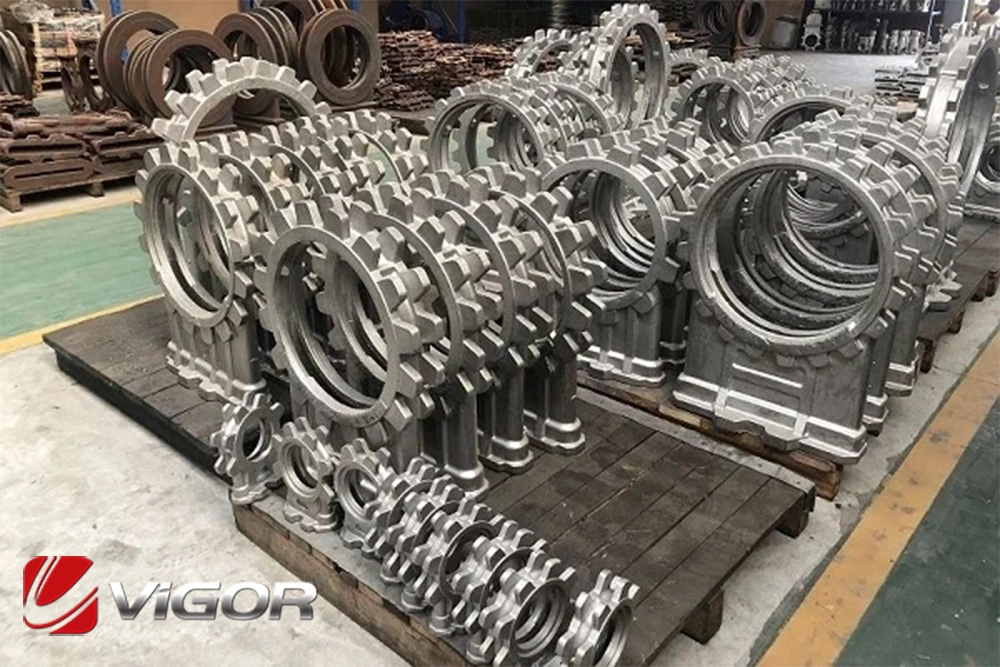
Knife gate valves are essential components in industrial systems, designed to control the flow of media in pipelines. They are particularly effective for handling thick, viscous, or abrasive materials like sludge, slurry, and bulk solids. These valves are widely used in industries such as mining, wastewater treatment, pulp and paper, and power generation, where efficient handling of challenging media is crucial. Their unique design, featuring a sharp-edged gate, allows them to cut through and isolate flow, making them ideal for applications where other valve types might struggle. With their durability and reliability, knife gate valves help optimize system performance and reduce downtime across various industrial sectors.
2025-02-25 10:26:59
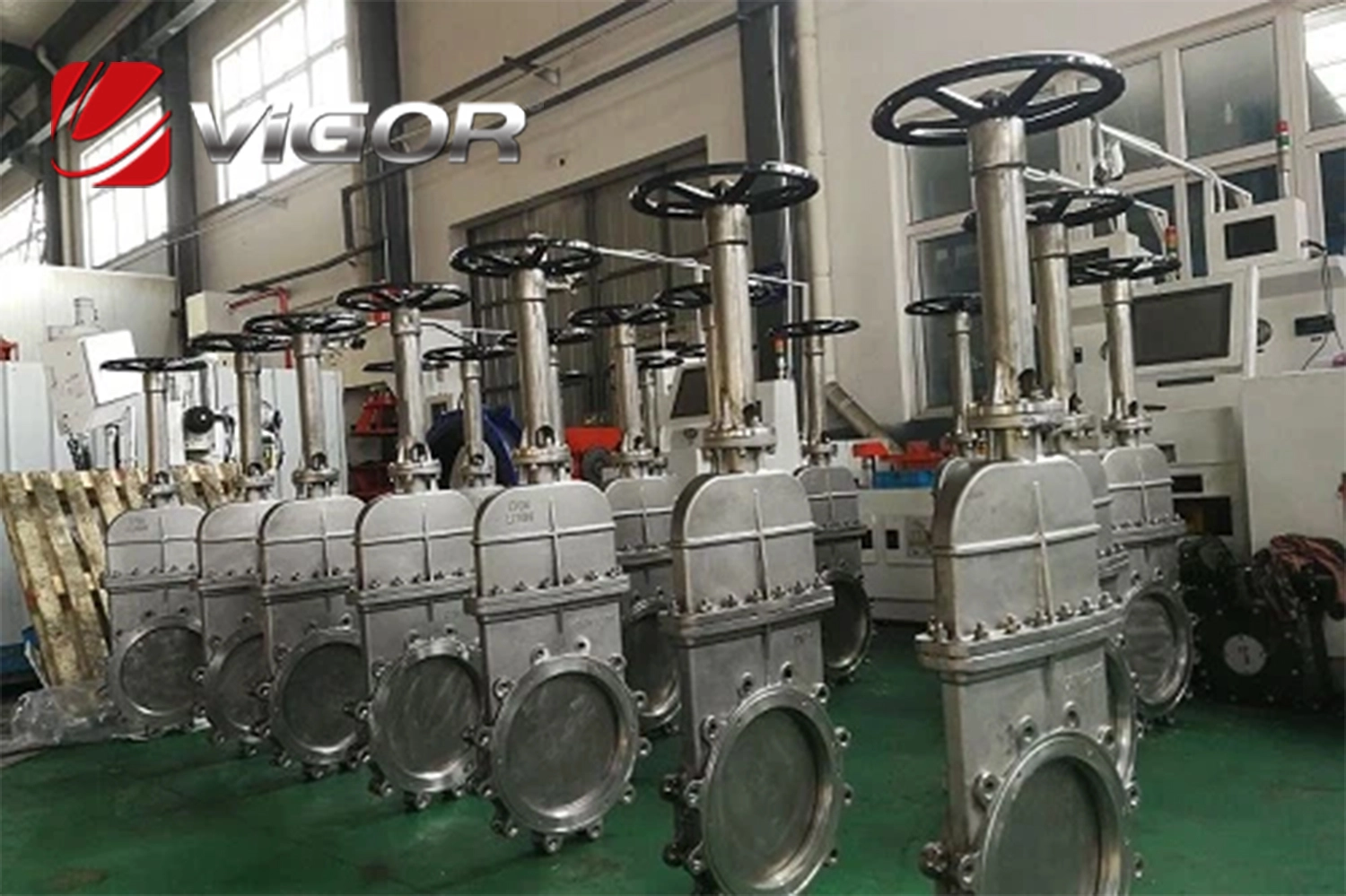
Knife gate valves are indispensable components in industrial settings where handling heavy-duty media such as slurry, pulp, or abrasive materials is required. These valves are specifically designed to provide reliable performance in environments where conventional valves might fail due to clogging, wear, or corrosion. Their ability to "cut through" thick and viscous substances makes them essential in industries such as mining, wastewater treatment, power generation, and paper production. Depending on the working environment, knife gate valves are crafted using high-quality materials to ensure durability, efficiency, and long-term performance. Below, we explore the primary environments where these valves excel and why they are the preferred choice for challenging applications.
2025-02-24 10:12:58
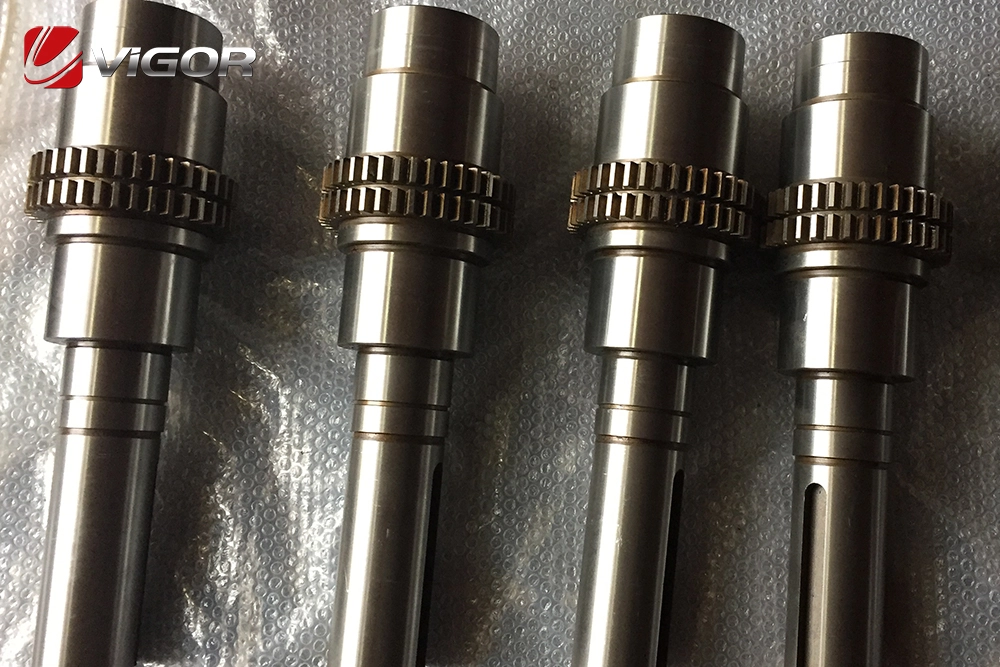
2025-02-24 10:12:47
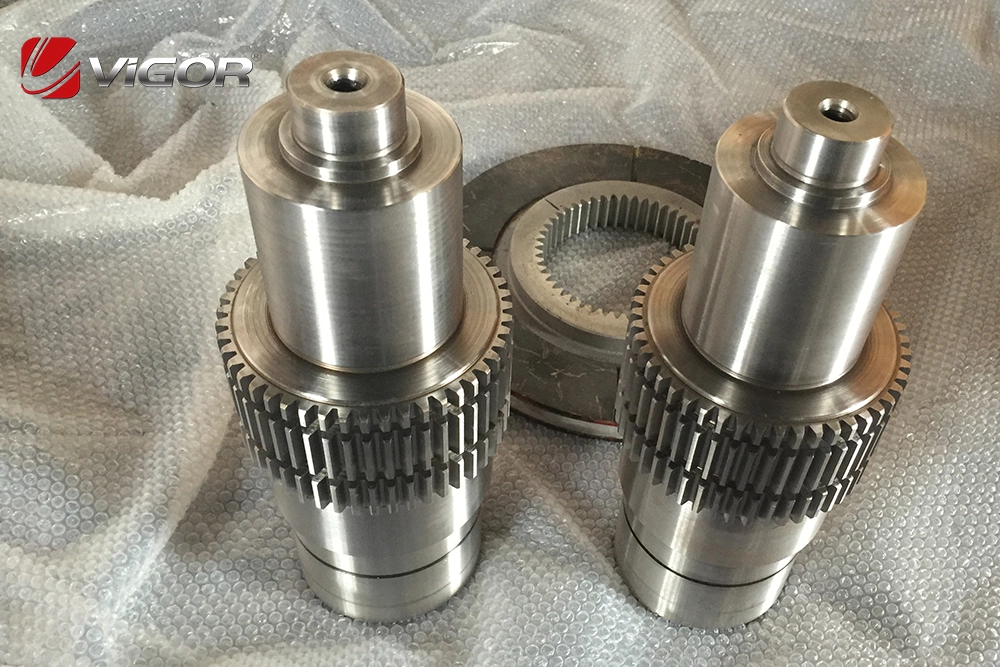
2025-02-24 10:12:36
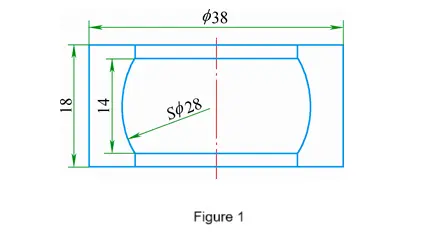
There are two types of high-frequency quenching heating methods: The first one is simultaneous heating and quenching, which involves heating the surface of the workpiece that needs quenching simultaneously and then rapidly cooling it; the second one is sequential continuous heating and quenching, where a small part of the surface of the workpiece is heated by induction heating, while the workpiece moves downward, allowing for sequential and continuous heating and cooling of the surface.
2025-02-21 19:22:05
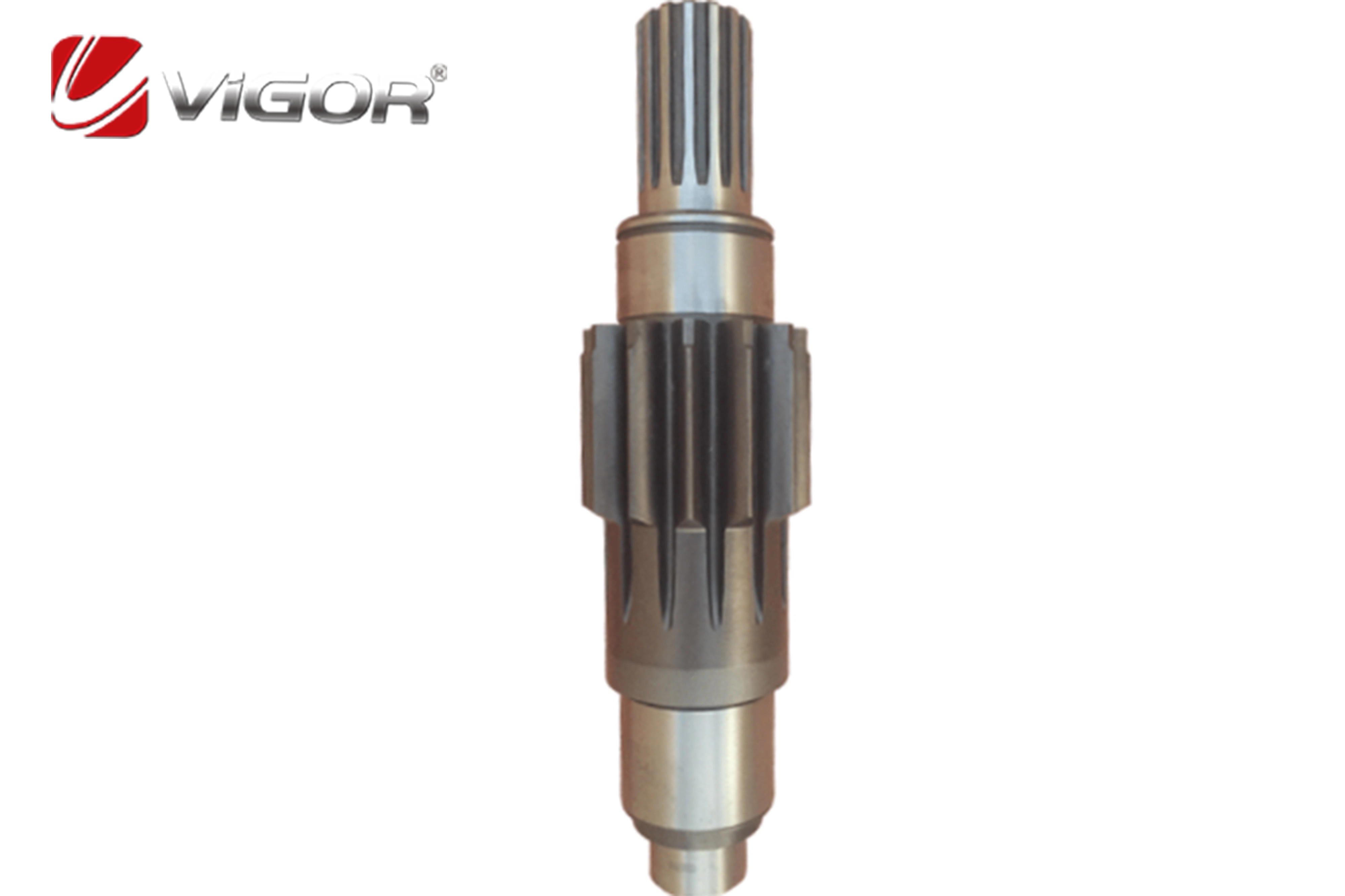
Precision manufacturing of transmission shafts has seen significant advancements in recent years, driven by the need for higher durability, efficiency, and cost-effectiveness. Modern techniques focus on improving material properties, refining machining accuracy, and enhancing quality control. Leading innovations include advanced forging methods, high-precision CNC machining, and automated quality inspection technologies. These advancements help manufacturers produce more reliable and high-performance transmission shafts, reducing defects and ensuring optimal performance in various industries, from automotive to heavy machinery.
2025-02-21 09:39:51
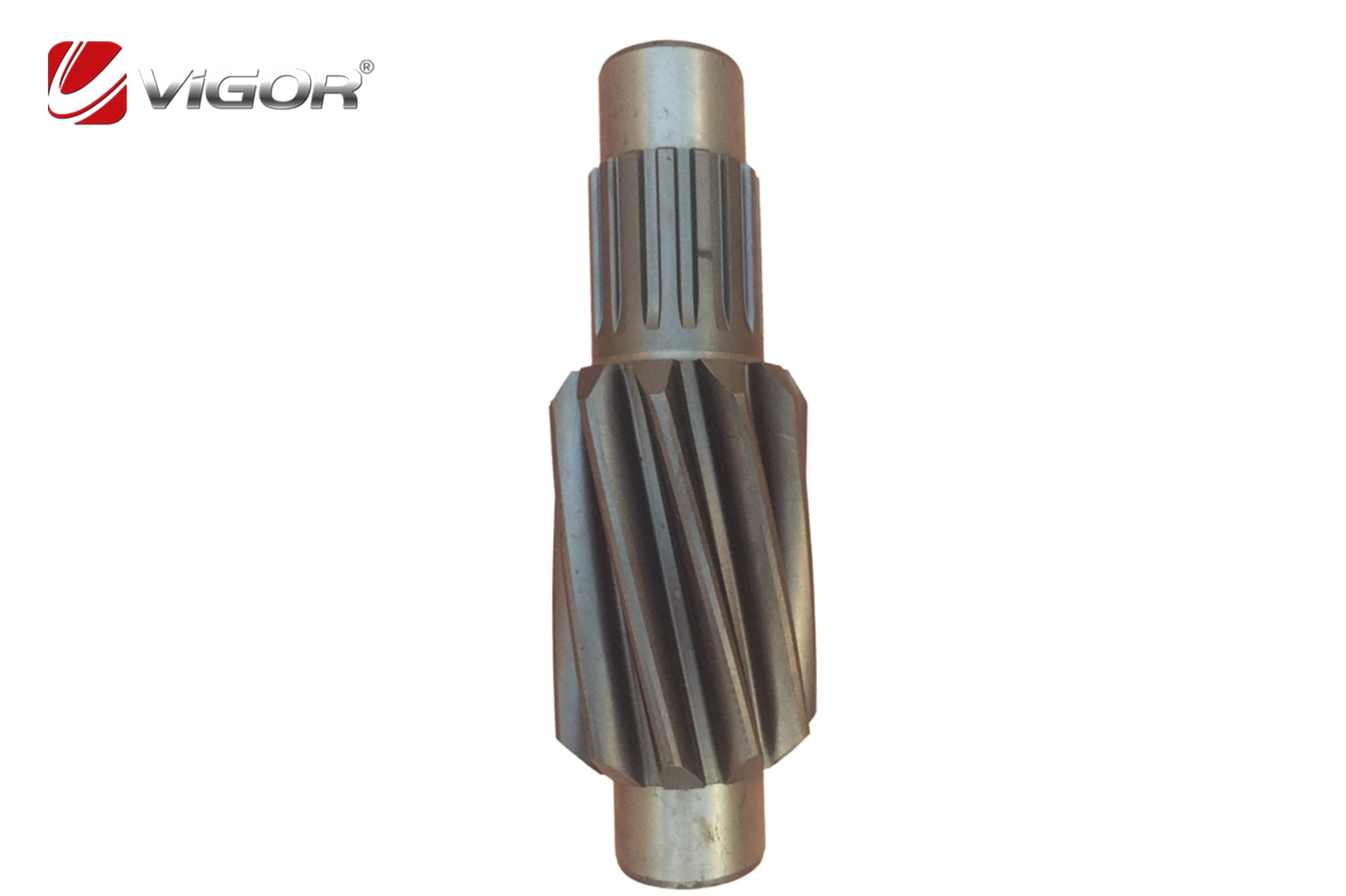
When selecting a transmission shaft for industrial applications, customization is crucial to ensuring optimal performance, durability, and efficiency. Various industries, including automotive, heavy machinery, and renewable energy, require shafts tailored to specific operational demands. Customization options include material selection, surface treatments, heat treatments, precision machining, and special coatings. These modifications enhance strength, wear resistance, and overall longevity. Manufacturers like VIGOR INNO-TECH Limited, with over 18 years of expertise in castings and forgings, offer a full range of customization services, ensuring that every shaft meets technical and economic requirements. Understanding these options allows businesses to optimize their machinery for maximum efficiency and minimal downtime.
2025-02-21 09:39:42
2025-02-21 09:39:33
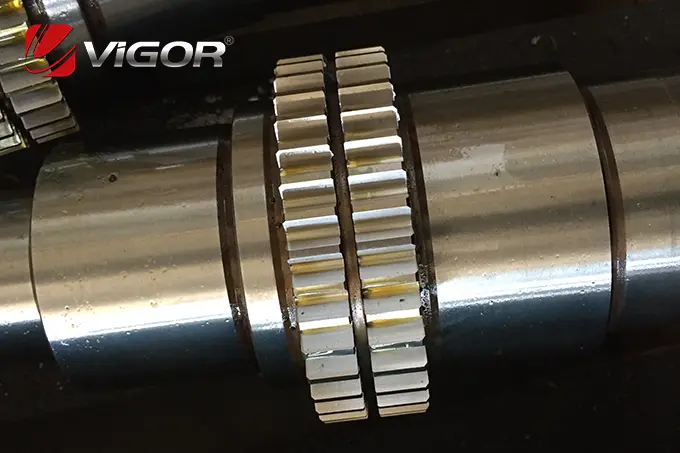
Transmission shafts play a crucial role in mechanical power systems, transmitting torque and rotation between different components. To ensure optimal performance, durability, and efficiency, manufacturers carefully select materials that provide the right balance of strength, toughness, and wear resistance. The most commonly used materials for transmission shafts include carbon steel, alloy steel, stainless steel, and specialized composite materials. Each of these materials offers distinct advantages depending on the application, operating conditions, and required mechanical properties. Understanding these material choices can help industries optimize performance, reduce maintenance costs, and enhance the reliability of their machinery.
2025-02-21 09:39:22
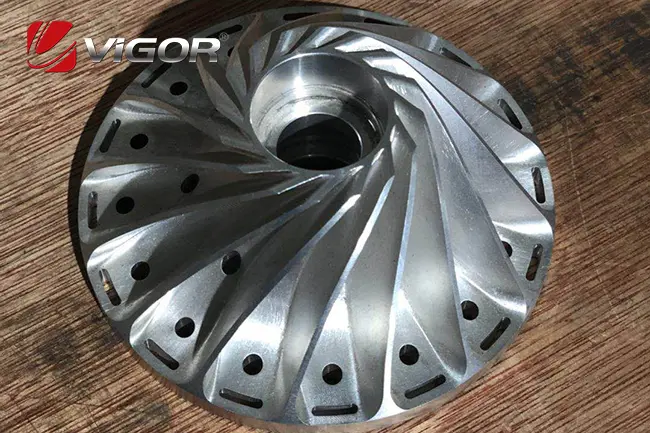
Aerospace-grade turbocharger impellers are revolutionizing the world of high-performance engines, offering unmatched efficiency, durability, and precision. Designed to withstand extreme conditions, these components are the backbone of advanced turbocharging systems, enabling peak engine performance in industries ranging from automotive to aerospace. With cutting-edge engineering, rigorous material selection, and innovative manufacturing processes, aerospace-grade impellers are setting new benchmarks for power, speed, and reliability. At VIGOR INNO-TECH Limited, we specialize in crafting these high-quality components with over 18 years of expertise in castings, forgings, and custom production solutions for global customers.
2025-02-21 09:39:07
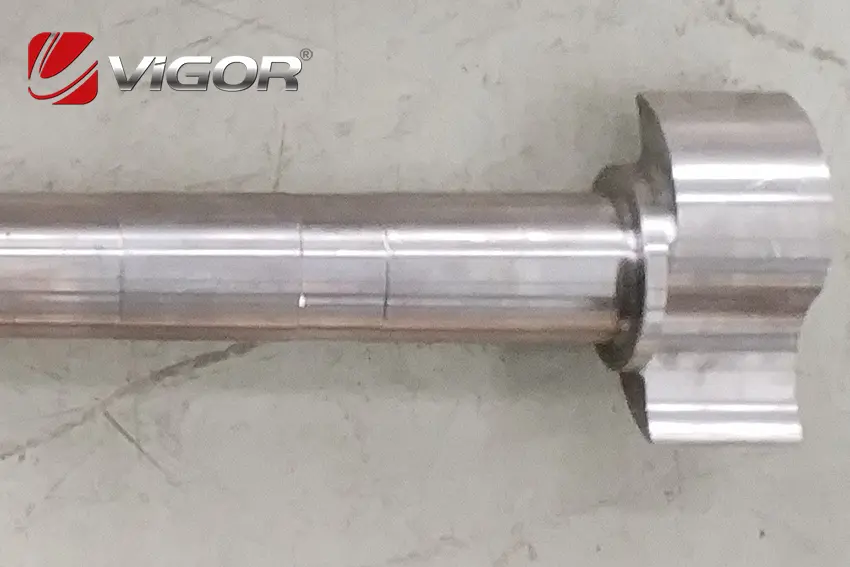
When it comes to high-performance vehicles and industrial machinery, the brake camshaft is a critical component that ensures optimal braking efficiency and safety. For OEMs requiring tailored solutions, custom brake camshaft manufacturing offers a way to meet specific performance and application requirements. At VIGOR INNO-TECH Limited, we specialize in delivering precision-engineered brake camshafts, leveraging over 18 years of experience in casting and forging. Our expertise lies in understanding the unique needs of our OEM clients, designing durable, high-performing brake camshafts, and ensuring the best combination of quality, cost-effectiveness, and production efficiency. In this blog, we'll explore the benefits of custom brake camshaft solutions, the critical considerations for OEMs, and how VIGOR INNO-TECH's expertise ensures superior results for our global partners.
2025-02-21 09:38:51
The CNC processing technology knowledge is elaborated in the following six sections:
1. Introduction to CNC processing and its key characteristics
2. Important elements of CNC processing
3. CNC processing parameters
4. Common post-processing steps in CNC processing
5. Basic structural design for CNC processing
6. Preliminary assessment of manufacturability for CNC processing
2025-02-20 18:06:24
364



